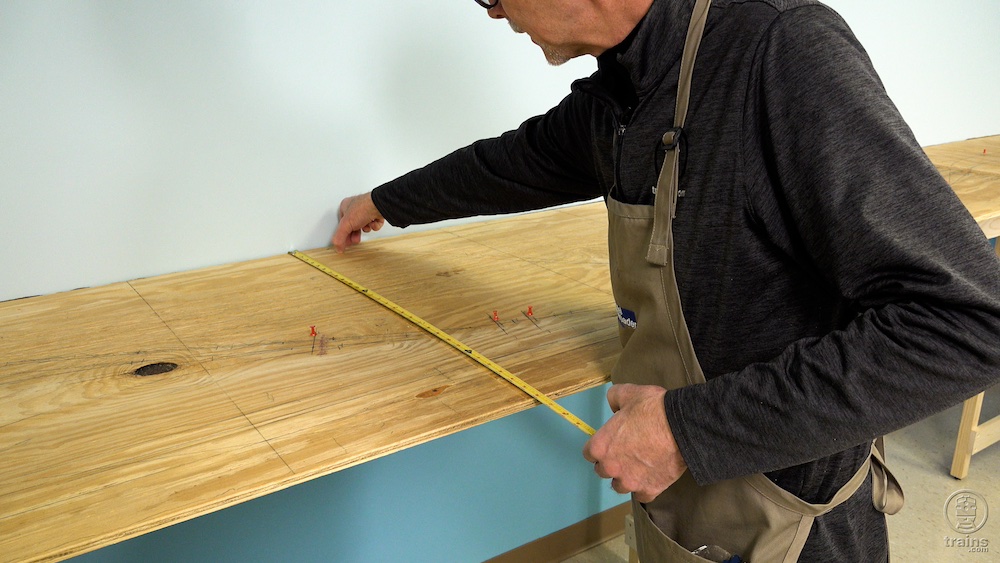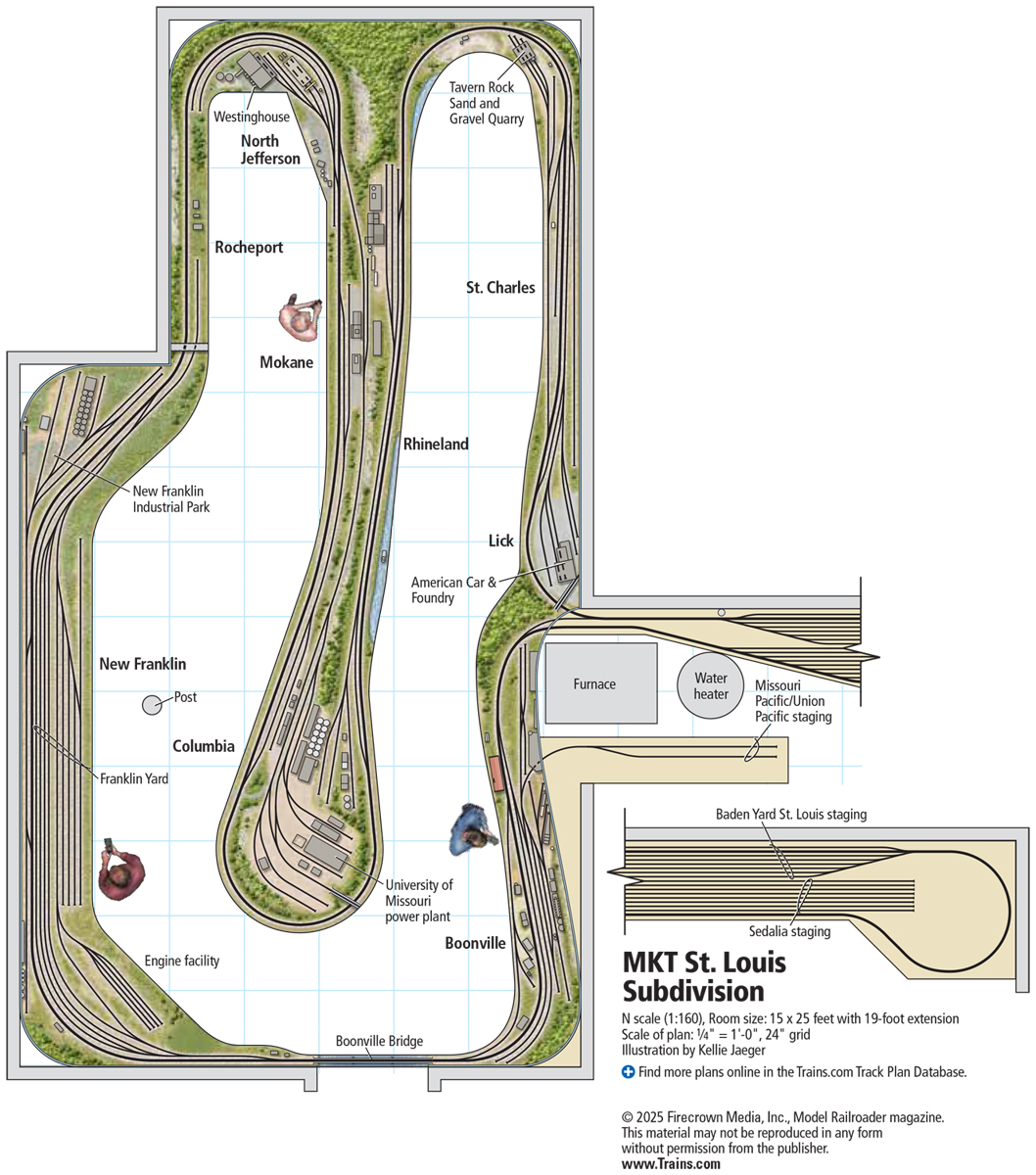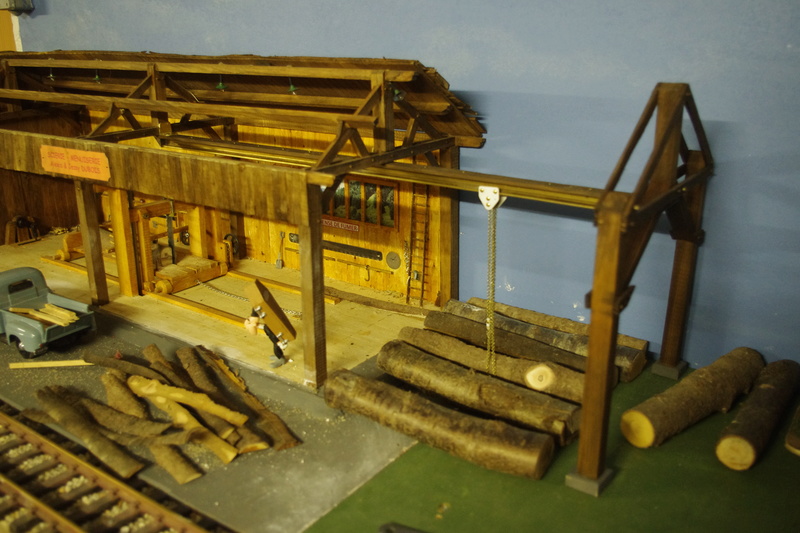Dick Christianson, the founding editor of Classic Toy Trains and the consummate cheerleader for Lionel trains of the postwar era, was recently asked about his top locomotive. He’s owned several great steam and diesel models from the 1940s and ’50s. As editor, he observed virtually every locomotive Lionel cataloged in those decades and long after. Dick has plenty of handsome and powerful O gauge models to consider. But he’s also a sentimental guy, so his choice made sense!
Which locomotive?
After nearly 75 years of enjoying toy and model trains, I’m now in the process of downsizing my collection. I’ve sold or donated many pieces, but there were a few I absolutely had to keep. Still, there’s only one locomotive on display in my office at home, which must make it the locomotive I love the best. I’m talking about the Lionel No. 675 steam engine and tender I received for Christmas back in 1950.
How was it acquired?
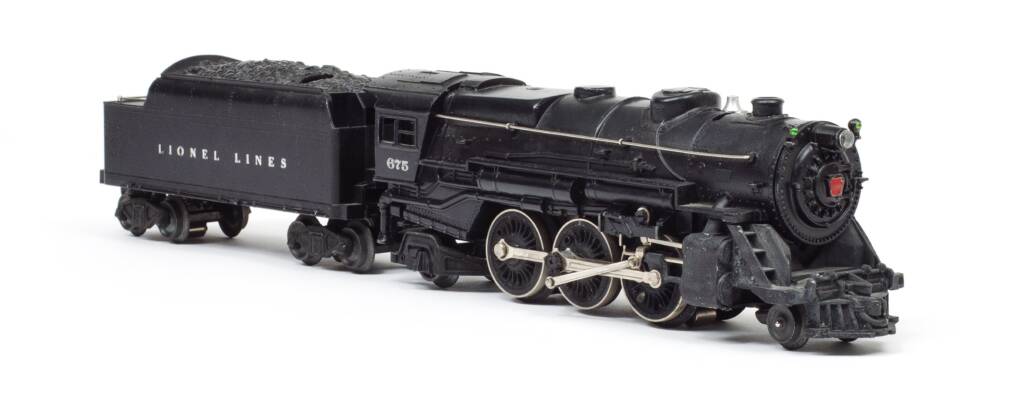
My parents gave me more than just the locomotive. I discovered under our family Christmas tree a wrapped package containing the Lionel No. 2135WS freight set cataloged the previous year. I ended up with the set in 1950 because some other youngster in Eau Claire, Wis., got two trains for Christmas in 1949. Lucky kid!
It turned out his uncle, a doctor then doing his internship at Sacred Heart Hospital in town, showed up on Christmas Eve with a Lionel freight outfit for his favorite nephew. The problem was, however, the boy’s parents had already bought him an electric train. So in 1950, 5-year-old Dickie Christianson got a “gently used” 1949 set for Christmas. I didn’t know the story behind my Lionel set until much later, but truth be told, it didn’t matter to me. I loved it. Still do!
If you’re a reader of Classic Toy Trains, you should know that had I not gotten that secondhand train, CTT might not have come into being. You see, I just happened to be on the staff of Model Railroader magazine when the decision was made to launch a toy train magazine. I was the only one on the staff who had retained an interest in toy trains; over the years, all the other staff members had gravitated to scale modeling. My continuing love of toy trains, including my 675 steamer, put me in position to be the first editor of CTT. And the rest is history.
Why you love it
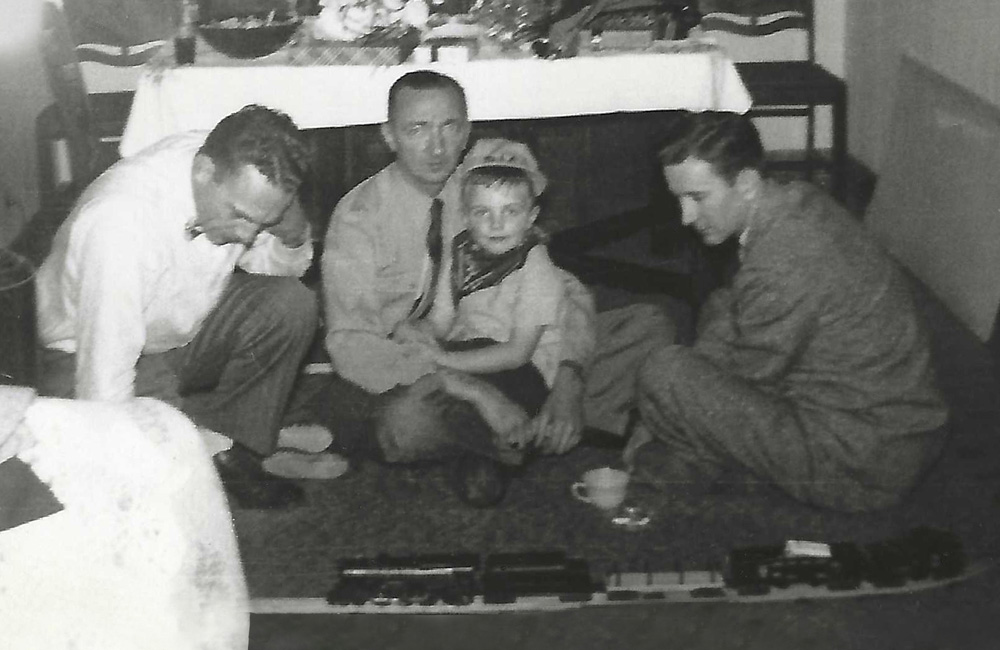
It’s hard to describe decades later what made the 675 my favorite. I do remember lying on the living-room carpet after Christmas in 1950, my eyes at about track level, focusing on the headlight as the engine came racing down the track straight at me — side rods thrashing, smoke billowing, and whistle howling!
The miniature hauler actually was rocking side-to-side as it raced toward me – until centrifugal force took over on the curve. The 675 flopped on its side onto the carpet in front of me. The two freight cars and caboose that came with the set did nothing to slow down the engine’s powerful speed and momentum.
Eventually, both of the marker lamps broke off the smokebox front, casualties of too many high-speed rollovers on 31-inch-diameter curves. Magne-Traction would have helped, I’m sure, but that came on models made in 1950.
I loved the way my 675 steamer looked on the straightaway. It ran like a racehorse and looked like the real thing. I didn’t know at the time that my 2-6-2 steed should have had two more pilot trucks, since it was promoted as having been derived from a Pennsylvania RR 4-6-2 Pacific. Frankly, I still don’t care.
Something else that made a big impression on me as a child. My 675 “looked” heavy — and it sure was. It must have been a load for a five-year-old!
Honestly, when I take my 675 off the shelf, I still marvel at how heavy it is. I can’t think of a comparable toy from the 1950s to the present with the heft and look of this high-quality, expertly manufactured plaything. When it rolled on those curves it didn’t sound like a lightweight tinplate Marx engine going astray.
To sum it up, my 675 looks awesome —very scale-like. Its big drivers and side rods are impressive. Lionel’s smoke pellets made good enough smoke to impress a 5-year-old. The whistle motor worked well (if cleaned regularly. The plastic tender shell seemed to mellow the sound of the realistic, mournful whistle).
Operation? The 675 ran well and oh so fast. It was a remarkable and much loved toy, but it had no business taking O gauge curves at full speed! Why didn’t I slow it down on the curves? Did you do that when you were 5? I doubt it!






